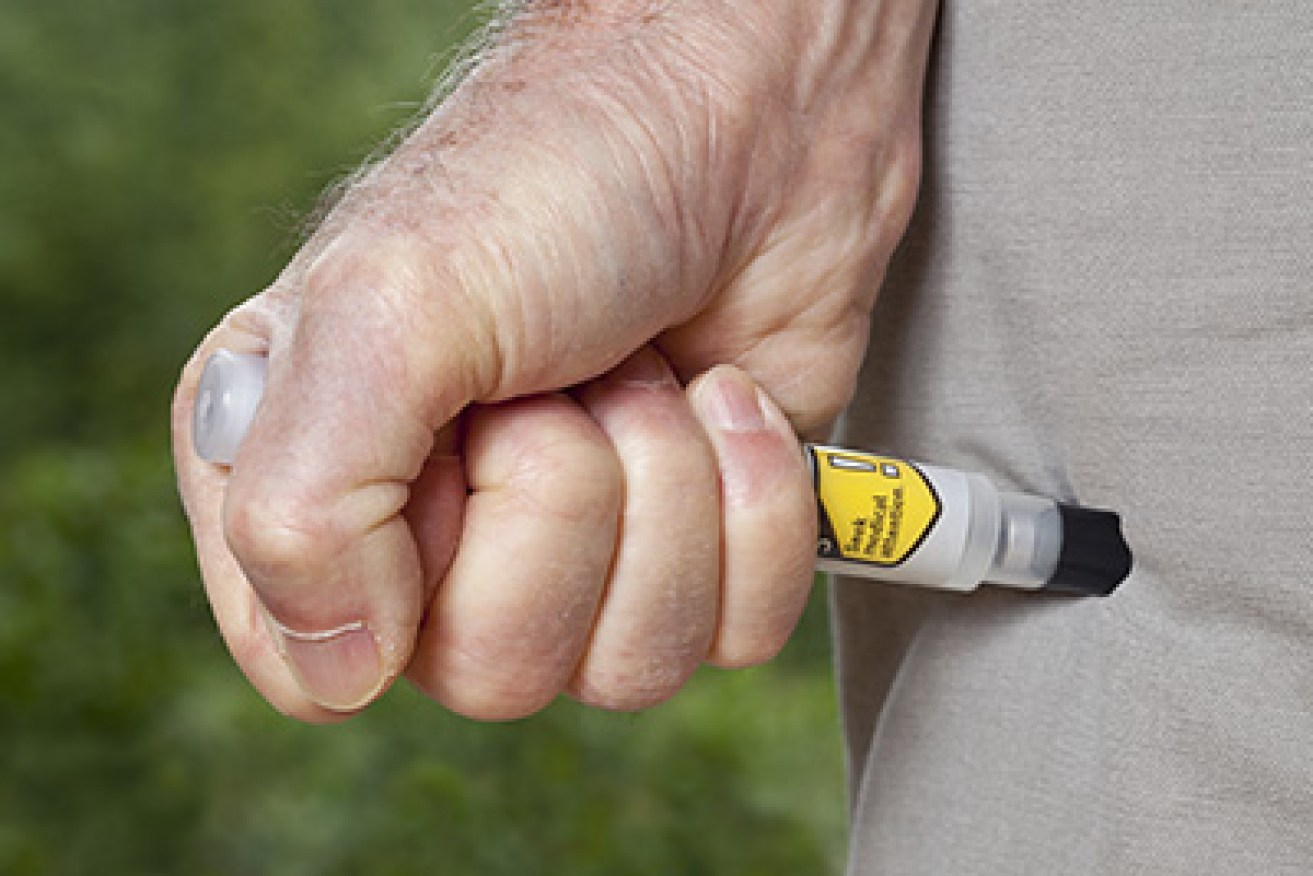‘Kids endangered’ by carers’ lack of allergy training

An expert report has warned that many school teachers and other child carers in Australia are often ill-prepared to deal with a potentially life-threatening allergic reaction.
The National Allergy Strategy has called for all people caring for children to be trained in how to deal with an allergic reaction, especially when it results in anaphylactic shock.
With allergic disease increasing rapidly across the nation, support organisation Allergy & Anaphylaxis Australia believes the need for community-wide education on the risks and treatment for allergy has reached a critical level.
• Aussie kids unlock the secret to happiness
• Coca-Cola funds big fat weight loss lie
• The worst things you can do to your teeth
“For some, this is a life and death matter,” Allergy & Anaphylaxis Australia president Maria Said told The New Daily.
“I’ve been involved in six coroner’s inquests over the past eight years and sadly none of those people were under the ongoing care of an allergy specialist and consequently they were less aware of what they needed to do to manoeuvre through life with increased safety.”
Ms Said, co-chair of the strategy, said it was critical that anyone caring for children was aware of how to reduce the risk of an allergic reaction, as well as being able to recognise an attack when it happens and respond appropriately.

Education about emergency responses to allergic reactions must improve, say experts. Photo: Shutterstock
Out-of-home dangers
Food and insect allergies, some of which could result in anaphylaxis, frequently happened away from home when children were at school, in care or involved in sporting activities.
“However, we are concerned that many teachers and staff are often ill-prepared to recognise and deal with a child suffering an allergic reaction that can quickly become life threatening,” she said.
“But it’s not all about allergy management in schools, people involved in running sports clubs, scout clubs, dance clubs and recreation camps should also be aware of how to recognise an allergic attack and know what to do when it happens. Reactions happen, even with great care, so we need to always be prepared.
“There should be across-the-board allergy education for anyone working with children.”
More than four million Australians have an allergic disease which costs the nation an estimated $30 billion a year. About $225 million is spent on medication to treat allergic rhinitis (hay fever) alone.
Most allergic diseases are increasing in prevalence including food, drug and insect allergies as well as asthma, eczema and allergic rhinitis.

The humble peanut becomes mighty dangerous when consumed by kids who are allergic to them. Photo: Shutterstock
The National Allergy Strategy, launched this month, was jointly developed by Allergy and Anaphylaxis Australia and the peak doctors’ group, the Australasian Society of Clinical Immunology and Allergy (ASCIA).
Apart from people who work with children, the strategy also strongly recommended better allergy management training for health workers as well as allergen training for food service staff.
Leading paediatric allergy specialist and co-chair of the strategy, Associate Professor Richard Loh, said almost 20 per cent of Australians had a confirmed allergic disease and “that number is growing fast”.
Figures showed hospital admissions for anaphylaxis had increased five-fold in the past 20 years.
“We also now have evidence that anaphylaxis in older children has more than doubled in the last seven years alone,” he said.
“It’s a serious public health issue which requires more than just lip service. We now need action by all levels of government and the community.”
Training ‘neglected’
The National Allergy Strategy revealed that the training of health professionals in the management of allergic diseases was still neglected in Australia, despite the growing number of sufferers.

Allergy treatment is not always as simple as the use of an EpiPen. Photo: Shutterstock
As a result, there were knowledge gaps among medical and allied health professionals in the recognition, diagnosis and management of allergic diseases.
Some medical specialists often failed to recognise the significance of allergic triggers in the overall management of complex allergic disease, the strategy said.
Professor Loh said that some patients were often referred to a succession of different health professionals, potentially resulting in confusion.
Sometimes health professionals failed to recognise how complex allergic disease could be, focusing on their area of expertise and not other associated conditions.
The strategy found there was insufficient community awareness of allergic disease including the severity of some conditions.
Some patients did not receive advice on how to avoid allergic triggers, identify high risk foods, interpret food labels or how to recognise mild, moderate and severe allergic reactions, the strategy said.








